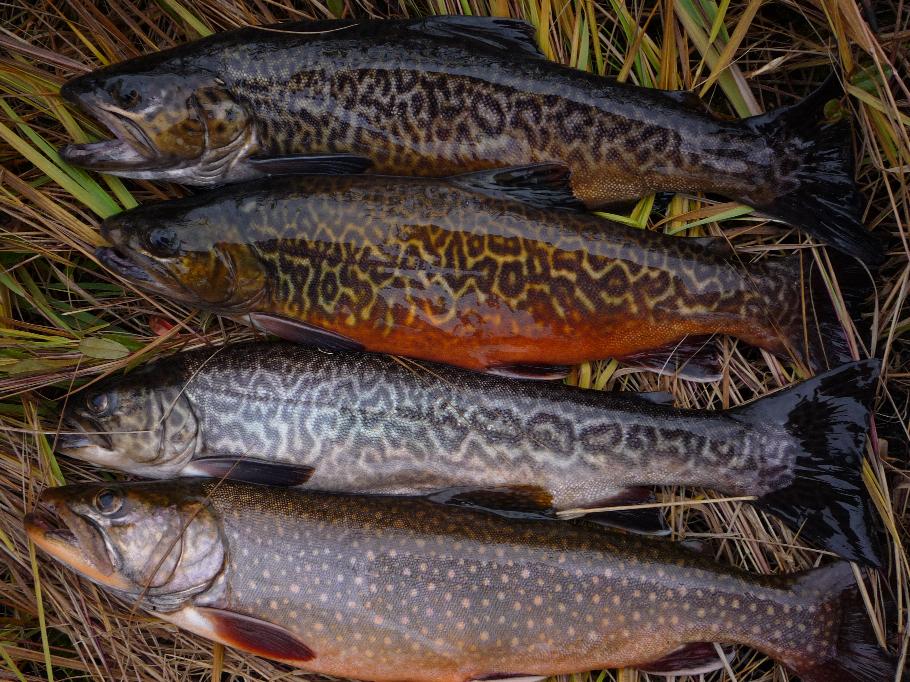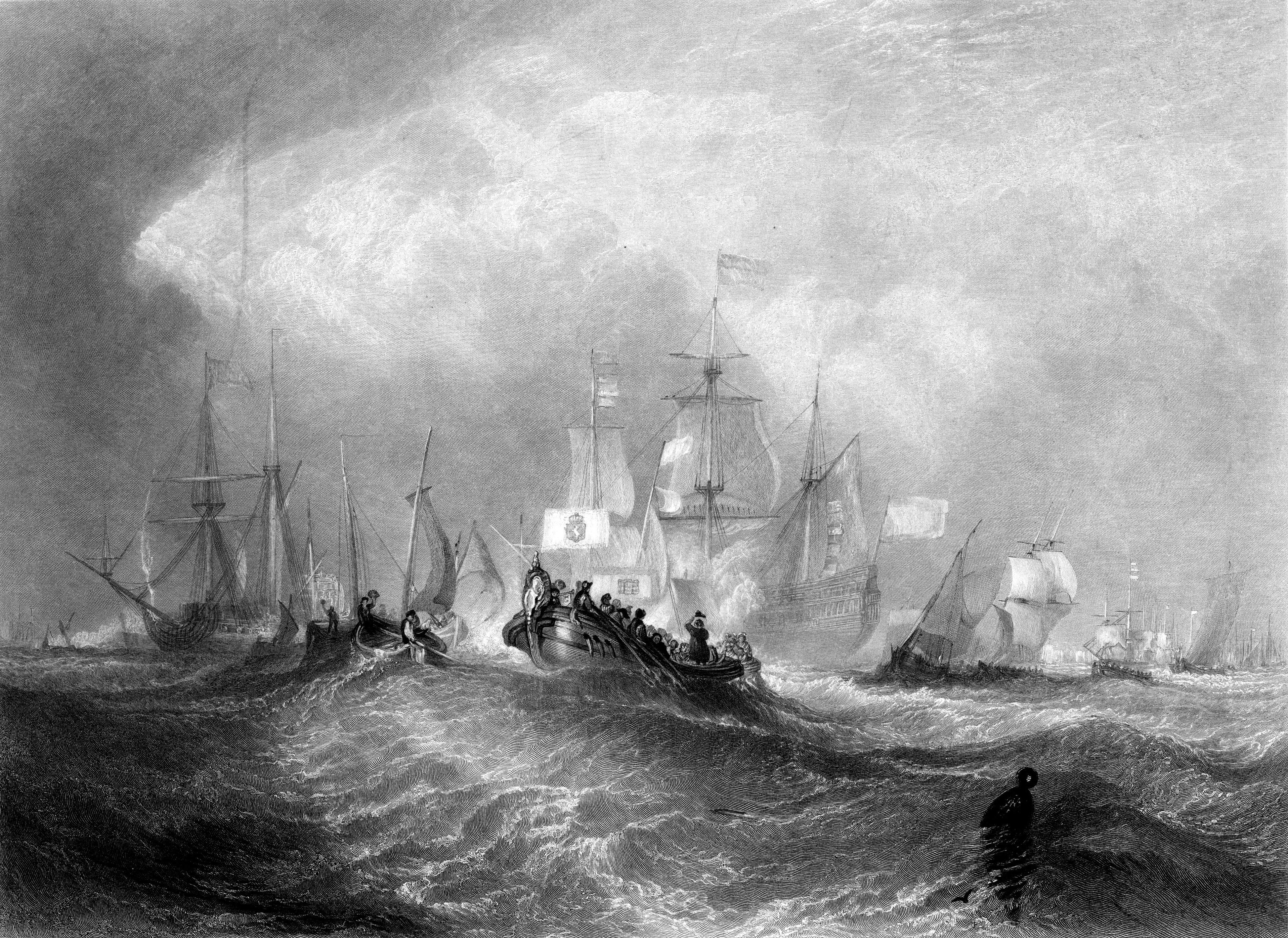|
Rivière Du Berger
The Rivière du Berger is a tributary of the Saint-Charles River (Quebec City), Saint-Charles River located in Quebec (city), Quebec, in the administrative region of Capitale-Nationale, in the provinces and territories of Canada, province of Quebec, in Canada. It is 18.4 km long. The Berger river valley is served (from upstream to downstream) by boulevard Central, boulevard Lebourgneuf, rue de la Rive Boisée Nord, boulevard Robert-Bourassa, avenue Chauveau, boulevard Bastien, rue Élisabeth-II, rue du Pomerol, rue de Jurançon, rue du Daim and rue Saint-Alexandre. The surface of the Berger River (except the rapids areas) is generally frozen from the beginning of December to the end of March; however, safe circulation on the ice is generally done from the end of December to the beginning of March. The water level of the river varies with the seasons and the precipitation; the spring flood occurs in March or April. Geography The Berger River Drainage basin, watershed, whi ... [...More Info...] [...Related Items...] OR: [Wikipedia] [Google] [Baidu] |
Quebec
Quebec is Canada's List of Canadian provinces and territories by area, largest province by area. Located in Central Canada, the province shares borders with the provinces of Ontario to the west, Newfoundland and Labrador to the northeast, New Brunswick to the southeast and a coastal border with the territory of Nunavut. In the south, it shares a border with the United States. Between 1534 and 1763, what is now Quebec was the List of French possessions and colonies, French colony of ''Canada (New France), Canada'' and was the most developed colony in New France. Following the Seven Years' War, ''Canada'' became a Territorial evolution of the British Empire#List of territories that were once a part of the British Empire, British colony, first as the Province of Quebec (1763–1791), Province of Quebec (1763–1791), then Lower Canada (1791–1841), and lastly part of the Province of Canada (1841–1867) as a result of the Lower Canada Rebellion. It was Canadian Confederation, ... [...More Info...] [...Related Items...] OR: [Wikipedia] [Google] [Baidu] |
Saint-Charles And Berger Rivers Linear Park
Saint Charles may refer to: People * Charles I, Count of Flanders (1084–1127), Blessed Charles the Good, count of Flanders, 1119–1127 * Charles, Duke of Brittany (1319–1364), Blessed Charles de Châtillon * Saint Charles Borromeo (1538–1584), cardinal and archbishop of Milan, 1564–1584 * Blessed Charles I of Austria (1887-1922), last Habsburg emperor * Blessed Charles Spinola (1564–1622), Italian Jesuit missionary martyred in Japan * King Charles the Martyr (1600–1649), Canonized Anglican Saint and martyr, king of England, Scotland, and Ireland, 1625–1649 *Saint Charles Garnier (missionary) (1606–1649), French Jesuit missionary martyred in Canada * Saint Charles of Sezze (1613–1670), Italian friar of the Franciscan Order * Saint Charles-Joseph-Eugène de Mazenod (1782–1861), French Catholic clergyman * Saint Charles of Mount Argus (1821–1893), Dutch Passionist priest who worked in Ireland * Saint Charles Lwanga (1860 or 1865–1886), Ugandan Catholic mart ... [...More Info...] [...Related Items...] OR: [Wikipedia] [Google] [Baidu] |
Brook Trout
The brook trout (''Salvelinus fontinalis'') is a species of freshwater fish in the char genus ''Salvelinus'' of the salmon family Salmonidae native to Eastern North America in the United States and Canada. Two ecological forms of brook trout have been recognized by the US Forest Service. One ecological form is long-lived potamodromous populations in Lake Superior known as coaster trout or coasters. The second ecological form is the short-living predaceous anadromous populations which are found in northern lakes and coastal rivers from Long Island to Hudson Bay, which are referred to as salters. In parts of its range, it is also known as the eastern brook trout, speckled trout, brook char (or charr), squaretail, brookie, or mud trout, among others. Adult coaster brook trout are capable of reaching sizes over 2'' ''feet in length and weigh up to 6.8'' ''kg (15'' ''lb), whereas adult salters average between 6 and 15'' ''inches in length and weigh between 0. ... [...More Info...] [...Related Items...] OR: [Wikipedia] [Google] [Baidu] |
Fish
A fish (: fish or fishes) is an aquatic animal, aquatic, Anamniotes, anamniotic, gill-bearing vertebrate animal with swimming fish fin, fins and craniate, a hard skull, but lacking limb (anatomy), limbs with digit (anatomy), digits. Fish can be grouped into the more basal (phylogenetics), basal jawless fish and the more common jawed fish, the latter including all extant taxon, living cartilaginous fish, cartilaginous and bony fish, as well as the extinct placoderms and acanthodians. In a break to the long tradition of grouping all fish into a single Class (biology), class (Pisces), modern phylogenetics views fish as a paraphyletic group. Most fish are ectotherm, cold-blooded, their body temperature varying with the surrounding water, though some large nekton, active swimmers like white shark and tuna can hold a higher core temperature. Many fish can communication in aquatic animals#Acoustic, communicate acoustically with each other, such as during courtship displays. The stud ... [...More Info...] [...Related Items...] OR: [Wikipedia] [Google] [Baidu] |
Jardin De La Riviere (jardin Zoologique Du Quebec) - 2005-07
{{disambiguation, geo, surname ...
Jardin may refer to: Places *Jardin, Isère, a village in Isère, France *Le Jardin, a village in Corrèze, France * Jardin, Colombia, a town in Antioquia Family name *Alexandre Jardin (born 1965), French writer and film director *Frédéric Jardin (born 1968), French film director *Nicolas-Henri Jardin (1720–1799), French architect, introduced neoclassicism to Danish architecture *Pascal Jardin (1934–1980), French screenwriter *Véronique Jardin (born 1966), French Olympic swimmer See also *Dujardin *Jardine Jardine is a surname. Notable people with the surname include: * Al Jardine (born 1942), member of the Beach Boys * Alexander Jardine (British Army officer) (died 1799), Scottish army officer and author * Alexander Jardine (Medal of Honor) (1874– ... [...More Info...] [...Related Items...] OR: [Wikipedia] [Google] [Baidu] |
Commission De Toponymie Du Québec
The Commission de toponymie du Québec (, ''Toponymy Commission of Québec'') is the Government of Québec's public body responsible for cataloging, preserving, making official and publicizing Québec's place names and their origins according to the province's toponymy rules. It also provides recommendations to the government with regard to toponymic changes. Its mandate covers the namings of: * natural geographical features (lakes, rivers, mountains, etc.) * constructed features (dams, embankments, bridges, etc.) * administrative units (wildlife sanctuaries, administrative regions, parks, etc.) * inhabited areas (villages, towns, Indigenous peoples in Canada, Indian reserves, etc.) * roadways (streets, roads, boulevards, etc.) A child agency of the Office québécois de la langue française, it was created in 1977 through jurisdiction defined in the Charter of the French Language to replace the Commission of Geography, created in 1912. See also * Toponymy * Toponym'elles * Offi ... [...More Info...] [...Related Items...] OR: [Wikipedia] [Google] [Baidu] |
Quebec Autoroute 740
Autoroute 740 is a Quebec Autoroute in metropolitan Quebec City, Canada. A spur route of Autoroute 40, the A-740 runs for on a north-south axis (parallel to the St. Lawrence River) through the boroughs of Sainte-Foy–Sillery–Cap-Rouge and Les Rivières, with interchanges at the A-440 at exit 4 and the A-40 at exit 9. Originally named the Autoroute du Vallon for the 17th century road it replaced, in 2006, the Quebec government under then-Premier Jean Charest renamed the highway ''Autoroute Robert-Bourassa'', in honour of a long serving former Quebec Premier. Route description The A-740 begins at an intersection with Route 175 (Also called Boulevard Laurier) in suburban Quebec City, tracing the western limits of Université Laval along the northbound lanes and Place Sainte-Foy (a regional shopping mall) along the southbound lanes. Once past the university, the A-740 enters a 300 m tunnel, passing under heavily travelled chemin Sainte-Foy and chemin Quatre-Bourgeois. Pas ... [...More Info...] [...Related Items...] OR: [Wikipedia] [Google] [Baidu] |
Lit (hydrology)
Lit or LIT may refer to: Arts and media Music * Lit (band), an American alt-rock band ** ''Lit'' (album), their 2004 album * "Lit" (Koda Kumi song), 2018 * "Lit" (Steve Aoki and Yellow Claw song), 2017 * "Lit" (Wiz Khalifa song), 2016 * "Lit", a 2019 song by Oneus * Lit, a 2020 EP album by Lay Zhang Other media * ''LIT'' (video game), a 2009 horror puzzler * LIT Verlag, a German academic publisher * Literature (clipped to ''lit'') * '' &lit'', a form of cryptic crossword clue * .lit, in Microsoft Reader e-book filenames Education * LIT journal, periodical of Lambda Iota Tau (1953–2017) * Lamar Institute of Technology, Texas, US * Laxminarayan Institute of Technology, Nagpur, India * Lee-Ming Institute of Technology, Taiwan * Limerick Institute of Technology, Ireland * Linz Institute of Technology, Austria * Literature Language *lit, Generation Z slang for 'cool' * lit., a literal translation (within a gloss) * Lit., Italian lira, a currency (1861–2002) * Lithuanian ... [...More Info...] [...Related Items...] OR: [Wikipedia] [Google] [Baidu] |
Robert De Villeneuve
The name Robert is an ancient Germanic given name, from Proto-Germanic "fame" and "bright" (''Hrōþiberhtaz''). Compare Old Dutch ''Robrecht'' and Old High German ''Hrodebert'' (a compound of '' Hruod'' () "fame, glory, honour, praise, renown, godlike" and ''berht'' "bright, light, shining"). It is the second most frequently used given name of ancient Germanic origin.Reaney & Wilson, 1997. ''Dictionary of English Surnames''. Oxford University Press. It is also in use as a surname. Another commonly used form of the name is Rupert. After becoming widely used in Continental Europe, the name entered England in its Old French form ''Robert'', where an Old English cognate form (''Hrēodbēorht'', ''Hrodberht'', ''Hrēodbēorð'', ''Hrœdbœrð'', ''Hrœdberð'', ''Hrōðberχtŕ'') had existed before the Norman Conquest. The feminine version is Roberta. The Italian, Portuguese, and Spanish form is Roberto. Robert is also a common name in many Germanic languages, including Eng ... [...More Info...] [...Related Items...] OR: [Wikipedia] [Google] [Baidu] |
1688
Events January–March * January 2 – Fleeing from the Spanish Navy, French pirate Raveneau de Lussan and his 70 men arrive on the west coast of Nicaragua, sink their boats, and make a difficult 10 day march to the city of Ocotal. * January 5 – Pirates Charles Swan and William Dampier and the crew of the privateer ''Cygnet'' become the first Englishmen to set foot on the continent of Australia. * January 11 – The Patta Fort and the Avandha Fort, located in what is now India's Maharashtra state near Ahmednagar, are captured from the Maratha clan by Mughul Army commander Matabar Khan. The Mughal Empire rules the area 73 years. * January 17 – Ilona Zrínyi, who has defended the Palanok Castle in Hungary from Austrian Imperial forces since 1685, is forced to surrender to General Antonio Caraffa. * January 29 – Madame Jeanne Guyon, French mystic, is arrested in France and imprisoned for seven months. * January 30 (January 20, 1687 old s ... [...More Info...] [...Related Items...] OR: [Wikipedia] [Google] [Baidu] |
New France
New France (, ) was the territory colonized by Kingdom of France, France in North America, beginning with the exploration of the Gulf of Saint Lawrence by Jacques Cartier in 1534 and ending with the cession of New France to Kingdom of Great Britain, Great Britain and History of Spain (1700–1808), Spain in 1763 under the Treaty of Paris (1763), Treaty of Paris. A vast viceroyalty, New France consisted of five colonies at its peak in 1712, each with its own administration: Canada (New France), Canada, the most developed colony, which was divided into the districts of Quebec (around what is now called Quebec City), Trois-Rivières, and Montreal; Hudson Bay; Acadia in the northeast; Terre-Neuve (New France), Terre-Neuve on the island of Newfoundland (island), Newfoundland; and Louisiana (New France), Louisiana. It extended from Newfoundland to the Canadian Prairies and from Hudson Bay to the Gulf of Mexico, including all the Great Lakes of North America. The continent-traversing ... [...More Info...] [...Related Items...] OR: [Wikipedia] [Google] [Baidu] |




